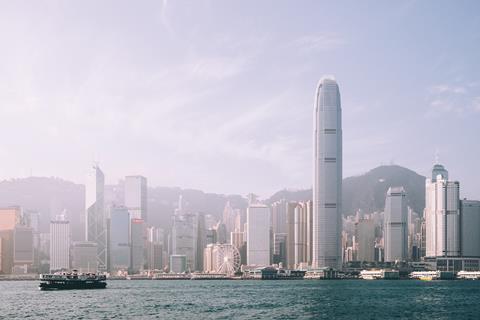Singapore and Hong Kong have pushed back the start of air travel bubble arrangements, a day before it was due to commence, and following a spike in coronavirus cases in Hong Kong.
In a Facebook post on 21 November, Singapore’s transport minister Ong Ye Kung says he and his Hong Kong counterpart have agreed to defer the launch date by two weeks, “given the evolving situation in Hong Kong”.

“We will review within two weeks on the new launch date and update again,” Ong adds.
The Singapore-Hong Kong travel bubble — the first such arrangement for both cities, and in Asia — was due to commence on 22 November.
Ong’s comments come as Hong Kong faces a sudden surge in cases.
Media reports in Hong Kong state that on 20 November, the city saw more than 60 new confirmed and preliminary cases, of which 21 were locally transmitted cases.
It was previously reported that travel bubble arrangements will be suspended for two weeks if the seven-day moving average number of unlinked coronavirus cases is more than five.
Hours before both sides postponed the travel bubble arrangement, the Civil Aviation Authority of Singapore announced that the travel bubble would still go ahead as planned, albeit with additional precautions in place — in the form of post-arrival Covid-19 polymerase chain reaction tests for Hong Kong travellers.
Says Ong of the postponement: “I can fully understand the disappointment and frustration of travellers who have planned their trips. But we think it is better to defer from a public health standpoint.”
The travel bubble allows for leisure travel to take place, without the need for a 14-day quarantine. Instead, travellers will be required to undergo pre- and post-arrival testing.
Under the travel bubble arrangement, there will be daily flights — operated by Singapore Airlines and Cathay Pacific — from 22 November between both cities, and a cap of 200 passengers per flight.






















